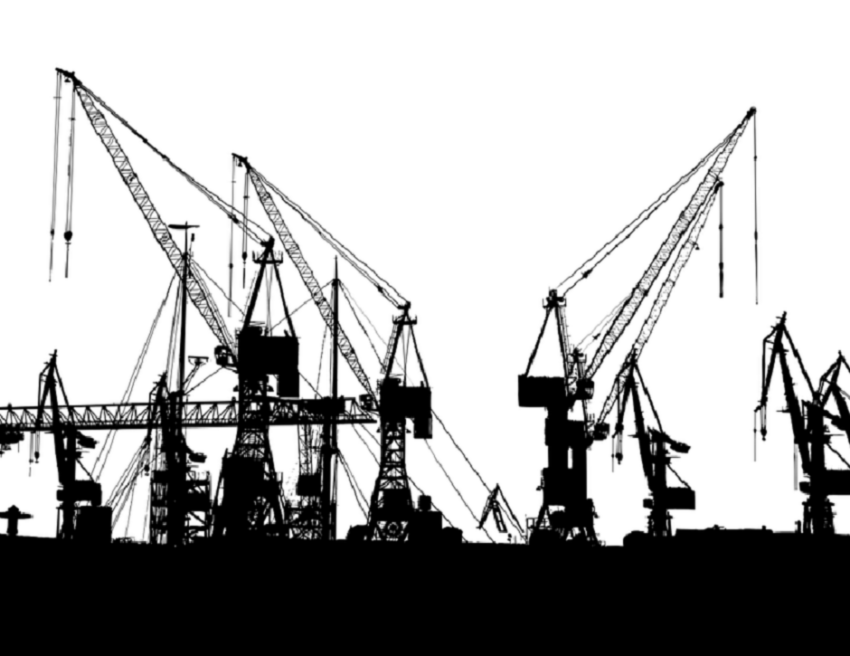
A Bill of Lading, often referred to as B/L, BoL, or Waybill, holds paramount significance in international sea freight forwarding services. Regardless of the cargo type or the mode of transportation employed, the Bill of Lading is an indispensable requirement for sea freight forwarders. Essentially, it serves as a legally binding document issued by the carrier to the freight forwarder responsible for the shipment. This document encapsulates essential shipment particulars, including cargo volume, destination, and commodity type. In this article, we present a concise guide to the use of Bill of Lading in sea freight forwarding services, offering insights into its functions, various types, and the necessary information that must be furnished to the carrier for its preparation.
Guide to the use of Bill of Lading in sea freight forwarding services
What is Bill of Lading?
The Bill of Lading primarily serves as a contractual agreement among the forwarder, carrier, and consignee, enumerating the specifics of the cargo being shipped and the origin and destination of the shipment.
In this context, it’s important to clarify the roles of the key parties involved:
- The shipper bears the responsibility for packaging and preparing the shipment for transportation.
- The carrier, on the other hand, is the entity responsible for physically transporting the cargo. This might encompass major shipping lines, or any other company responsible for moving your cargo.
- The consignee is the designated recipient of the shipment.
It’s crucial to note that the bill of lading is issued only after the vessel has left the port of origin, and the customer has furnished all the requisite details, encompassing information about the shipper, consignee, notify party, commodity, weight, cargo description, and more. In addition to its role as a contract, the bill of lading also serves as a receipt, signifying the acknowledgment that the goods have been loaded (not specifying their current location) and comes with the terms of the carriage agreement.
Information contained in the Bill of Lading
This document serves as a conclusive record of the shipment and includes a range of crucial details. In addition to identifying the parties involved in the shipment process, it includes the following information:
- Names and addresses of both the shipper and consignee
- Cargo description
- Shipment pickup date
- Shipment weight
- Reference number or purchase order
- Packaging specifications
- Particulars of the independent freight forwarder overseeing the shipment
- Any special notes or instructions
While it falls under the carrier’s responsibility to fill these details, as a freight forwarder, it is your responsibility to furnish the carrier with accurate information. This ensures the precision of the information documented in the Bill of Lading.
Kinds of Bill of Lading used in ocean freight forwarding
The kinds of bills of lading in sea freight forwarding services is contingent upon multiple factors, including the destination of the shipment, the type of cargo being transported, and specific requirements. The specific type of bill of lading you as the freight forwarder will encounter may be determined by its issuer, the mode of transportation employed, or the financial arrangement between you and the shipper. For instance, it may hinge on whether you’ve prepaid for goods or transportation or have extended credit terms.
The two common types of bills of lading in sea freight forwarding include:
- Original Bill of Lading: This primary document holds paramount significance in ocean freight shipping. It serves as both a contract for carriage and a receipt for transported goods, and it also functions as a title document indicating ownership. To take possession of the cargo, the consignee must provide the original bill of lading.
- Seaway Bill: The seaway bill is a specific category of bill of lading used in sea transportation. It comes into play when the shipper opts to immediately transfer ownership of the cargo to the consignee. This means that the designated party identified in the seaway bill can take delivery of the cargo without the need for a formal ownership document. While the seaway bill serves as proof of a carriage contract and a receipt for transported goods, it does not confer title to the goods.
Digitizing the Bill of Lading
The implementation of Electronic Bills of Lading (e-B/L) is a significant development in the freight forwarding sector. Although a large volume of shipping documents have already been digitized, the bill of ladings which is one of the crucial documents in sea freight forwarding services has still not been fully digitized. Nevertheless significant steps are being taken in this direction. The telex release is not a distinct type of bill of lading but rather a method for electronically releasing a bill of lading. This process comes into play when an original bill of lading has been issued. In the context of a telex release, it signifies that the cargo owner or the recipient of the transport document has consented and authorized the carrier to release the container or cargo to a specified party without the physical requirement of the original bill of lading being present.
Summing up
As you prepare to sign the Bill of Lading, it is of utmost importance to engage in a thorough review of the details you have provided. While you may have diligently entered all the necessary particulars, the smooth operation of the process hinges on a double-check. A minor error, such as substituting a “4” for a “14,” or vice versa, could result in costly adjustments. Likewise, an excess pallet or slight alterations in dimensions might lead to a situation where the cargo cannot fit properly in a truck, potentially disrupting the dispatcher’s calculations based on the initial data provided. Therefore, a comprehensive review is absolutely essential to ensure the accuracy of all numerical data, dimensions, and weights, thus preventing any unexpected obstacles.


